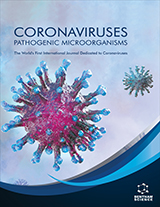Abstract
“Drinking several cups of green tea a day keeps the doctor away” is clearly an overstatement. However, extensive research has revealed that the predominant catechin from tea (Camellia sinensis), epigallocatechin gallate (EGCg), has significant medicinal and health-promoting properties. This review summarizes what is presently known about the antimicrobial properties of EGCg, with a particular focus on the synergistic relationship between EGCg and β-lactams in the inhibition of methicillin-resistant Staphylococcus aureus (MRSA). The mechanisms of action and prospects for use of tea catechins such as EGCg as an anti-infective agent are discussed.
Keywords: Tea, catechins, EGCg, polyphenols, flavanols, antimicrobial agents, β-lactams, MRSA
 28
28





















